
To ensure you never miss an important notification, iPhone provides visual, audio, and tactile feedback to alert you whenever there is an alert. If you don't want to hear every alert, you can gently press the Ring/Silent switch on your iPhone, which will put it into silent mode while you're in a meeting or in a quiet place. This way, you can continue your meeting or enjoy the tranquility without being disturbed.
This article will introduce how to access the ringtone switch on the iPhone and how to turn on the ringtone. We also explain what happens when you switch between ring and silent modes.
CONTENTS [SHOW ] Show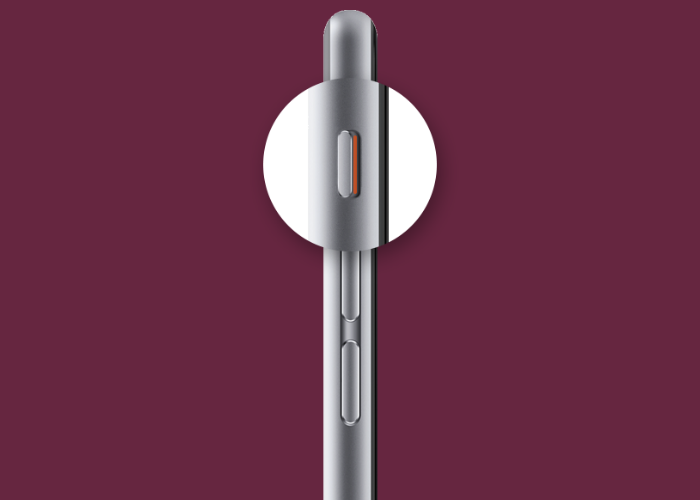
#While you'll likely interact with most of what's on your iPhone's screen, there are a few physical switches that perform core functionality. On the left edge of your iPhone, you'll see a switch above the top physical volume buttons. This is what Apple calls the Ring/Silent switch, and it's found in the top left corner of any iPhone, dating back to the first iPhone.
The Ring/Silent switch allows you to perform two functions - put iPhone into ring mode or activate silent mode on the device. The switch can be flicked toward or away from the iPhone screen to achieve your preferred action.
Turning the ringer switch is very easy because it is part of the core functionality of your iPhone. Once you figure out where the Ring/Silent switch is on your iPhone, you just flip it to the desired position to put it into Ring mode or Silent Mode. However, before we continue, it is important to understand what these two modes do.
Enabling Ringer Mode will ensure you can hear incoming calls and alerts from apps and messages on your iPhone. This mode allows you to configure the ringtones and sounds of your choice, and you can also set the desired volume to all of them.
On the other hand, Silent Mode will stop playing ringtones and alert sounds when you receive phone calls and other alerts on your iPhone. The latter is useful when you don't want to be disturbed by notifications and calls during certain events, such as when sleeping, working or in a quiet place like the library.
Note: The ring/silent switch does not affect your media volume, so you can continue listening to music and watching videos at the current volume at any time.
To put iPhone into ring mode, you need to slide the Ring/Silent switch toward the front of iPhone (that is, facing the iPhone's display). If the switch is already in this position, no action is required as ring mode is already enabled. Now, your iPhone will ring every time you receive a call, message, or alert from an app installed on it.
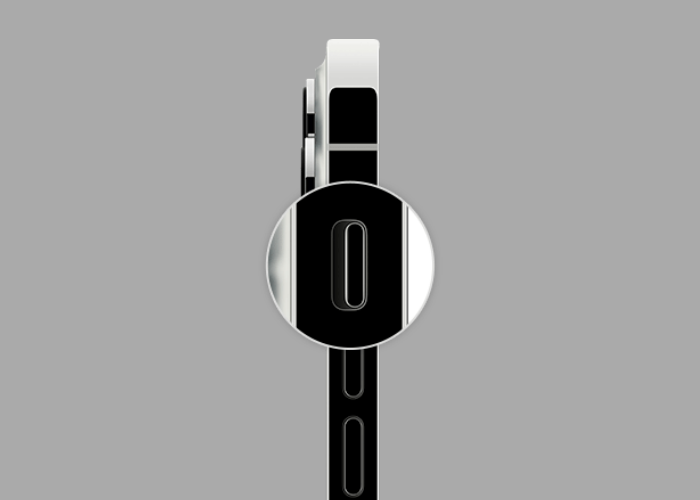
To put iPhone into silent mode, slide the Ring/Silent switch toward the back of iPhone (that is, away from the iPhone screen). When the switch is toggled to silent mode, you'll see an orange band on the empty area of the switch to indicate you're in silent mode. Your iPhone will no longer alert you with a sound when you receive an incoming call, text message, or app alert. If you have haptics enabled in silent mode, you may feel a tactile sensation.

The ring/silent switch is easy to flick with your thumb, but if you're having trouble, try flicking it with your fingernail. This can get very cumbersome if you have a bulky case applied to your iPhone, at which point you can use a paper clip to get the job done. If you are unable to move the switch, you can try removing dirt or other debris that may have become lodged inside the ring/silent switch over time.
While the Ring/Silent switch is easy to use, it may fail if you have a thick case or if the switch doesn't move as expected. gets trickier. Fortunately, iOS offers an alternative way to turn ringtones on or off on iPhone using built-in software options.
If you want to toggle the Ring/Silent switch from the iPhone screen, you can use AssistiveTouch to do it. For those unfamiliar with this, AssistiveTouch is an accessibility feature that can be enabled in iOS settings that allows you to perform a range of actions via on-screen shortcuts. You can assign AssistiveTouch shortcuts on iPhone to switch between ring and silent modes using a tap gesture on the AssistiveTouch icon on the screen.
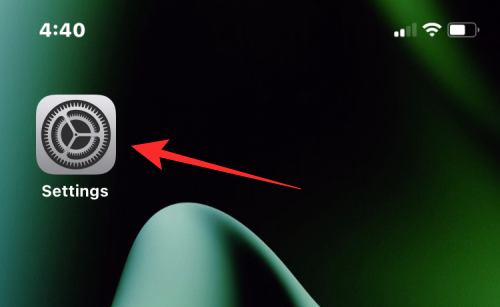
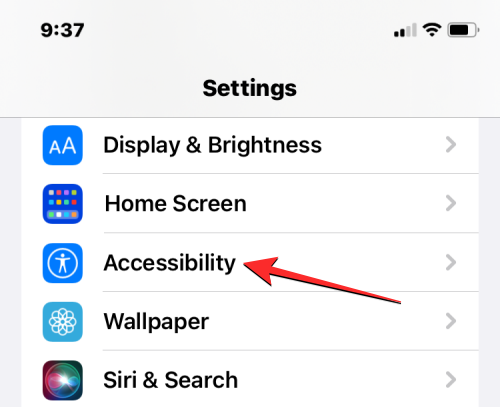
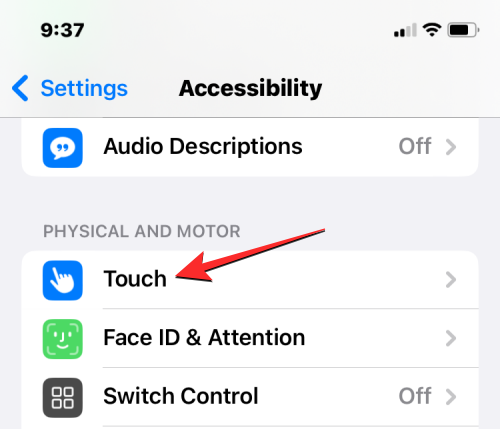
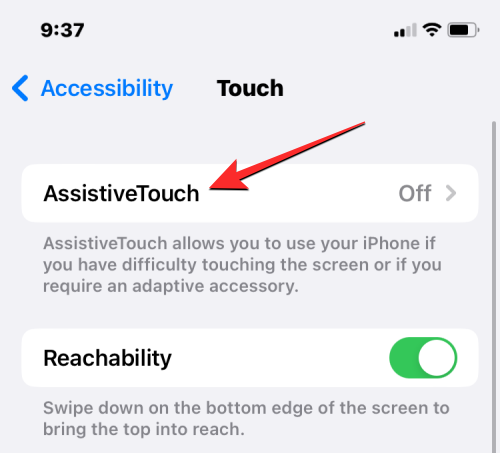
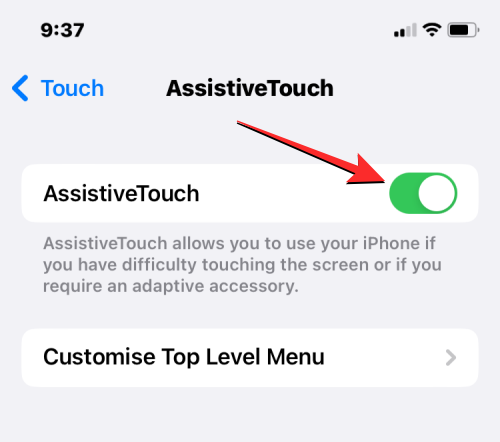
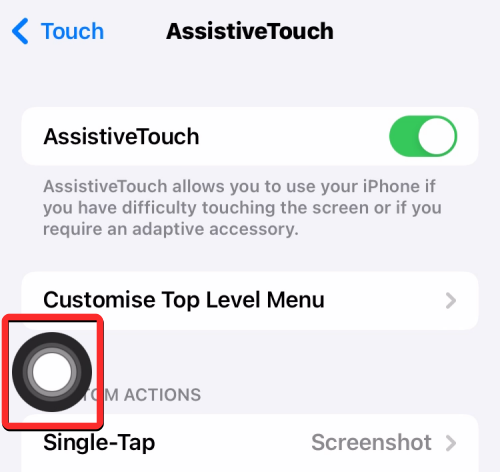
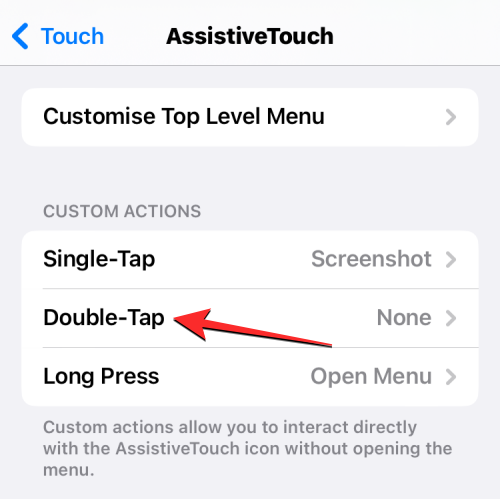
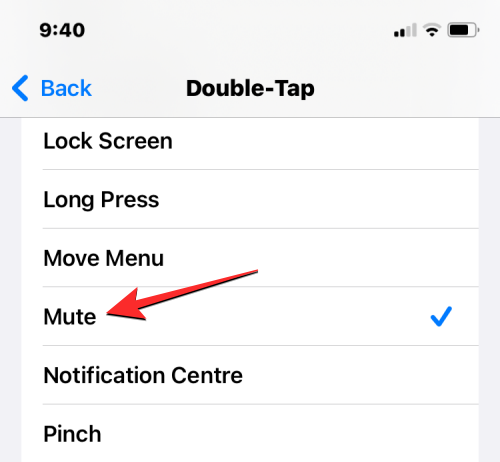
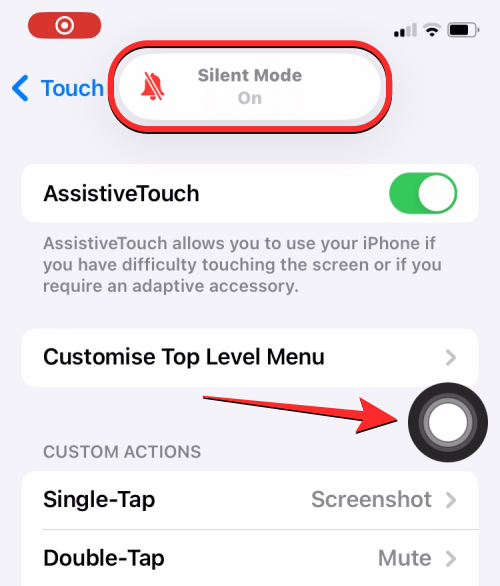
Another accessibility feature you can use to switch between ring and silent modes is the Back option. Back Tap allows you to assign specific actions to tap gestures that can be performed on the back of your iPhone. If you don't like using the AssistiveTouch shortcut to turn on the ringtone on your iPhone, you can configure it to enable ring or silent mode by just two or three taps on the iPhone's back glass.
Note: This gesture only works if you have an iPhone 8 or newer, not any older devices.



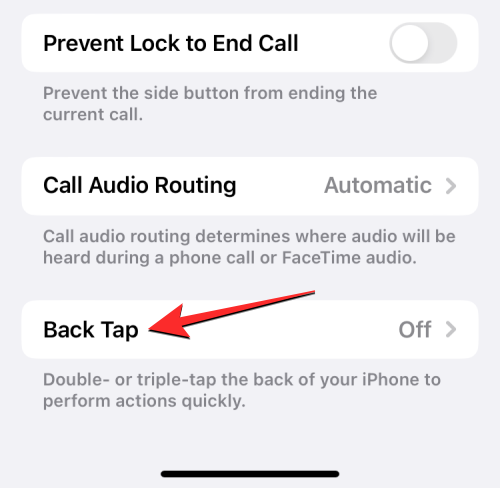
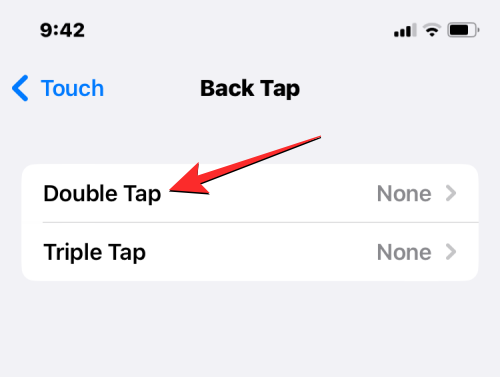

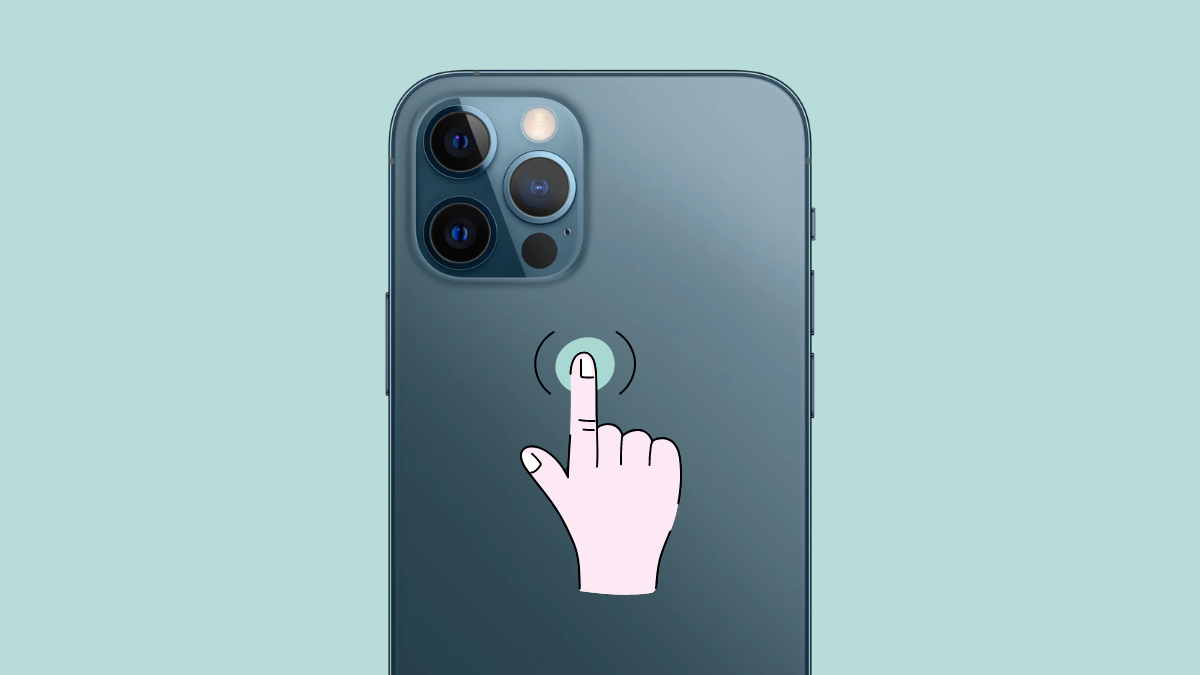
By default, your iPhone is set to vibrate every time you answer it in ring mode and silent mode. Vibrates for calls or notifications. If you wish to configure vibration for any of these modes individually, you can do so from the iOS settings.
Go to Settings > Sound & Haptics > Ring/Silent mode switch.
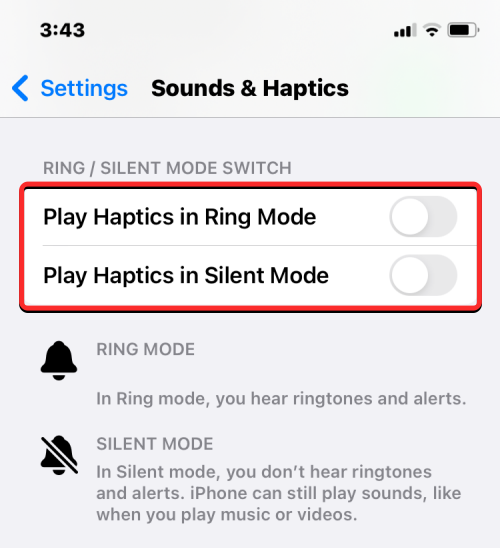
In the Ring/Silent Mode Switches section, turn off the switch next to Play Tactile in Ring Mode or Play Tactile in Silent Mode to disable Ring Mode or Silent respectively. Vibration feedback in mode. You can turn these switches on in a similar manner when you want to experience haptic feedback when receiving calls, messages, or app alerts.
While you can use the Ring/Silent switch to disable or enable alert sounds, you must use iOS Settings to configure your iPhone to respond when you receive an incoming call or notification The volume at which the alarm sound is played.
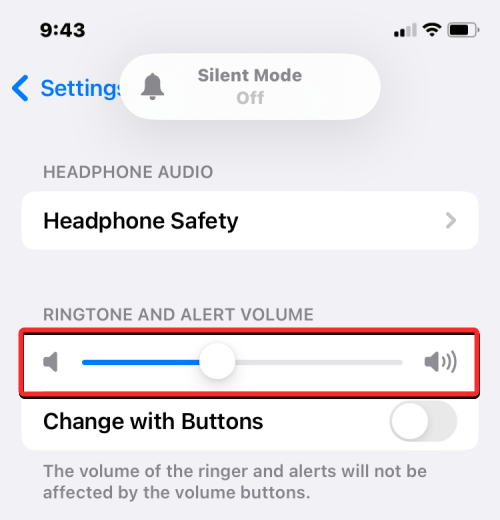

In addition to allowing you to change the volume of your ringtone, iOS also allows you to individually select your choice for different types of alerts Ringtone or alarm sound.
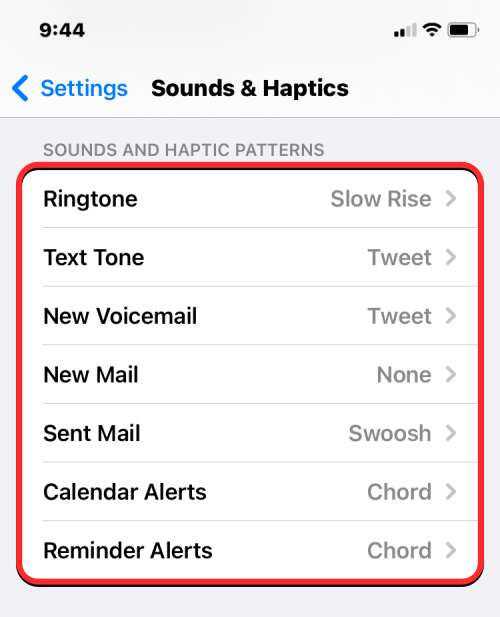

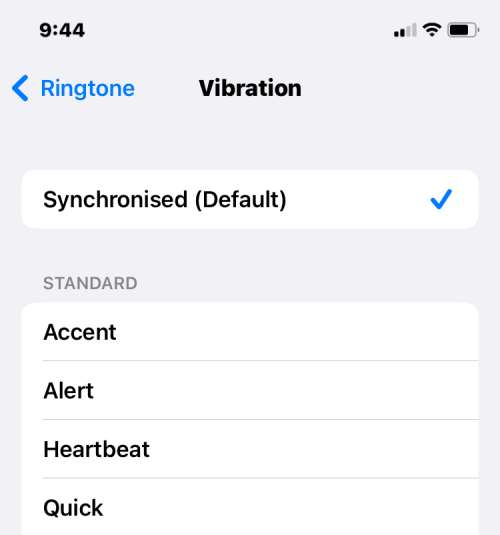
As has been established by now, the Ring/Silent switch can be used to turn your iPhone into ring mode or silent mode, depending on how you flick this physical switch on the device. No matter how you interact with this switch, you'll see a Silent Mode on/off banner that appears at the top of the screen for a moment to let you know which mode you're in.
When you switch from ring mode to silent mode, your iPhone will vibrate to let you know you are in silent mode. Additionally, you'll see a "Silent Mode On" banner that appears at the top of the screen next to the red bell icon. This will indicate that all your incoming calls, text messages, and app alerts will be silenced, and your iPhone will not ring when you receive these alerts.
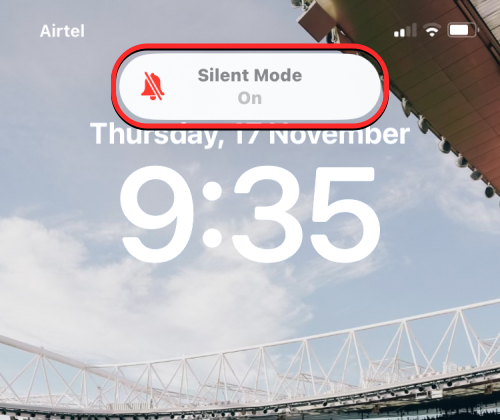
When you switch from silent mode to ring mode, you'll see a "Silent Mode Off" banner and a gray bell icon at the top of the screen. Unlike silent mode, putting your iPhone in ring mode doesn't give you vibration feedback, so you can tell the difference between the two modes without looking at the screen. When Ring Mode is activated, your iPhone will play all alert sounds for incoming calls, text messages, and app alerts.

When you switch between Ring and Silent modes on iPhone, you'll see a Silent Mode banner at the top of the screen to let you know which mode you're in.
If you see the "Silent Mode On" banner on your screen, it means your iPhone is in Silent Mode. In addition to this on-screen indicator, you'll also see an orange band inside the Ring/Silent switch when the switch is moved away from the iPhone display. Additionally, you will feel your iPhone vibrate when you flip the switch to silent mode.

If you see the "Silent Mode Off" banner on your screen, it means your iPhone is in ringing mode. You will no longer see the orange strip that appears on the Ring/Silent switch when your phone is in silent mode. Your iPhone doesn't give you vibration feedback when you switch to Ring mode, so you don't need to look at the screen to know you're in Ring mode.
The above is the detailed content of How to enable ringtones on iPhone with or without ring/silent switch. For more information, please follow other related articles on the PHP Chinese website!




